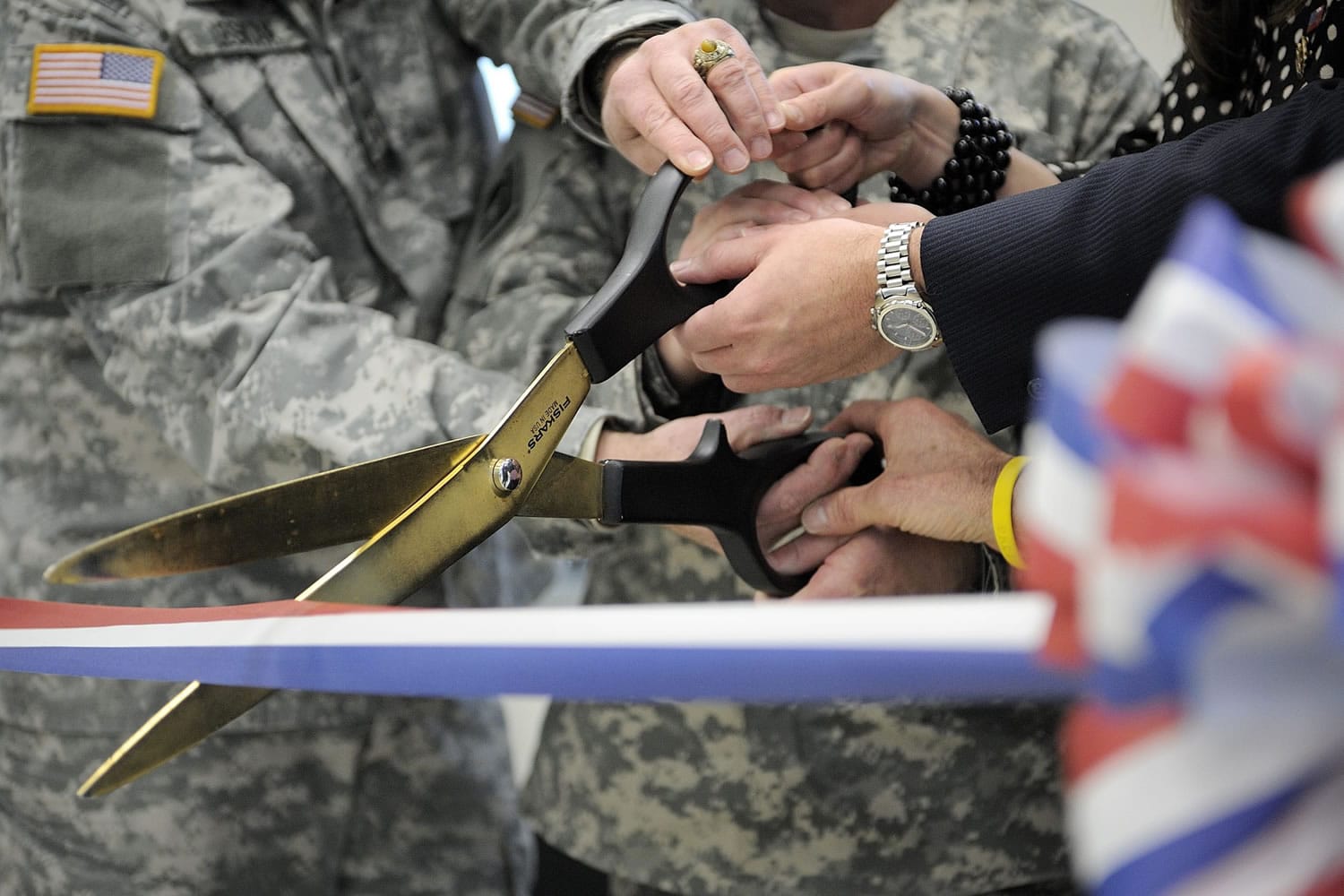1848: Secretary of war sets aside 10 square miles for Fort Vancouver military reservation; soldiers arrive.
1849: Capt. Ulysses S. Grant arrives as regimental quartermaster.
1853: Post reduced to 1 square mile between what is now Fourth Plain Boulevard and Columbia River.
1860s: Troops fight in the Civil War.
1879: Name changed to Vancouver Barracks.
1906: Construction of Barnes Hospital, forerunner of Veterans Affairs Medical Center, and Camp Hatheway, on current site of Clark College.
1917: World War I brings in 30,000 soldiers for training, deployment.
1945: 30,000 military personnel come and go from barracks, a hub for soldiers returning from World War II.
1986: Lt. Col. Royce Pollard takes command of barracks.
2000: Last four active-duty Army officers and six civilians pull out of Vancouver Barracks, leaving Reserve and National Guard units.
2004: Many troops with Vancouver ties deploy to Iraq and Afghanistan.
2006: The Army Reserve's 104th Division remains in Vancouver, while another 300 prepare for deployment to Iraq. Members of the Washington National Guard's 790th Chemical Company and the 396th Combat Support Hospital also are deployed.
2008: Col. Daniel L. York assumes command.
2009: York is promoted to brigadier general; the Army announces plans to build a training center at Fourth Plain Boulevard and Ward Road.
2010: The 104th Division relocates to Joint Base Lewis-McChord, south of Tacoma.
2011: Military operations cease at Vancouver Barracks on Sept. 14, as soldiers complete the move to the new Armed Forces Reserve Center.




